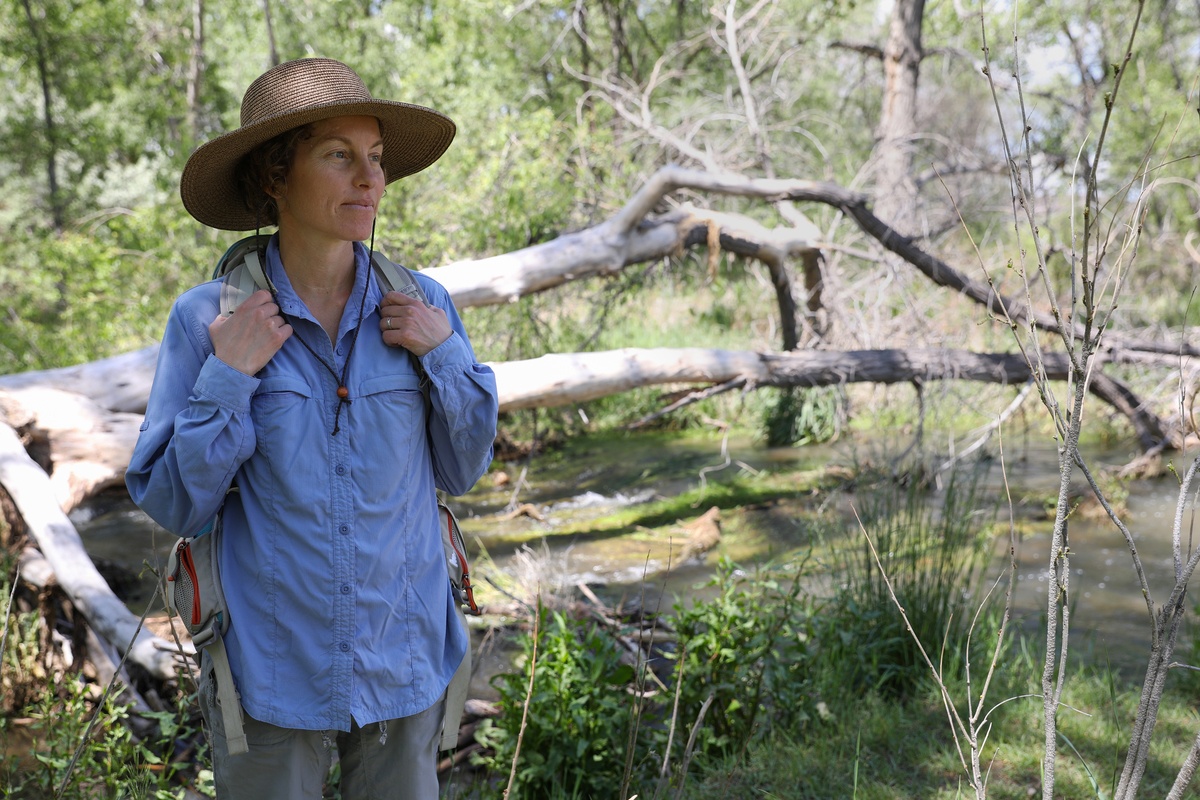Bridging troubled waters
Professor’s expertise sheds light on impact of 2013 Colorado floods.

When Colorado lawmakers wanted to know how the massive floods of 2013 affected plants along the South Platte River, they needed experts.
Enter Gabrielle Katz, Ph.D., assistant professor in the Department of Earth and Atmospheric Sciences at Metropolitan State University of Denver. Katz has been studying river hydrology and its impact on ecosystems for the last two decades.
“I’ve been fascinated by water management influences since my graduate research in the 1990s,” Katz said.
Specifically, she’s become an expert on how flood control downstream of dams affects plant structure and composition and how groundwater pumping and hydrologic restoration affect streamside plant communities.

In 2014, the Colorado Legislature wanted to know if the 2013 floods had increased the abundance of phreatophytes – plants with deep-root systems that draw water from nearby water tables – along the river to determine if management or restoration of the phreatophytes was needed.
Rivers and their banks are “naturally dynamic ecosystems” and can be strongly influenced by floods, which can kill trees along riverbanks, Katz said. “But they can also create opportunities for tree reproduction by scouring surfaces or depositing fresh sediment where seedlings can become established,” she said. “In this case, there was also concern about non-native species that might upset the ecosystem.”
Katz and other researchers studied 15 sites along the South Platte River and key tributaries and learned that between October 2013 and July 2015, roughly 8.5 percent of plants along the banks died primarily because of the 2013 flooding.

Katz’s work also generated new questions about the long-term future of plant life along the South Platte River and how the impact of the 2013 flood fits within that larger context.
These questions led to two new projects, both supported with grants from the MSU Denver Office of the Provost. The first project tapped high-tech radar to determine if the age of plains cottonwoods could be identified by their size or height. Understanding that could help researchers better understand cottonwood generation. This project won an award at the Annual Meeting of the Great Plains/Rocky Mountain Division of the American Association of Geographers last fall.
The second project began over the summer when Katz started mapping and quantifying rates of channel movement and changes in the South Platte River floodplain. She’ll also digitize historic aerial photographs of the river to assess long term rates of change in the river system.







